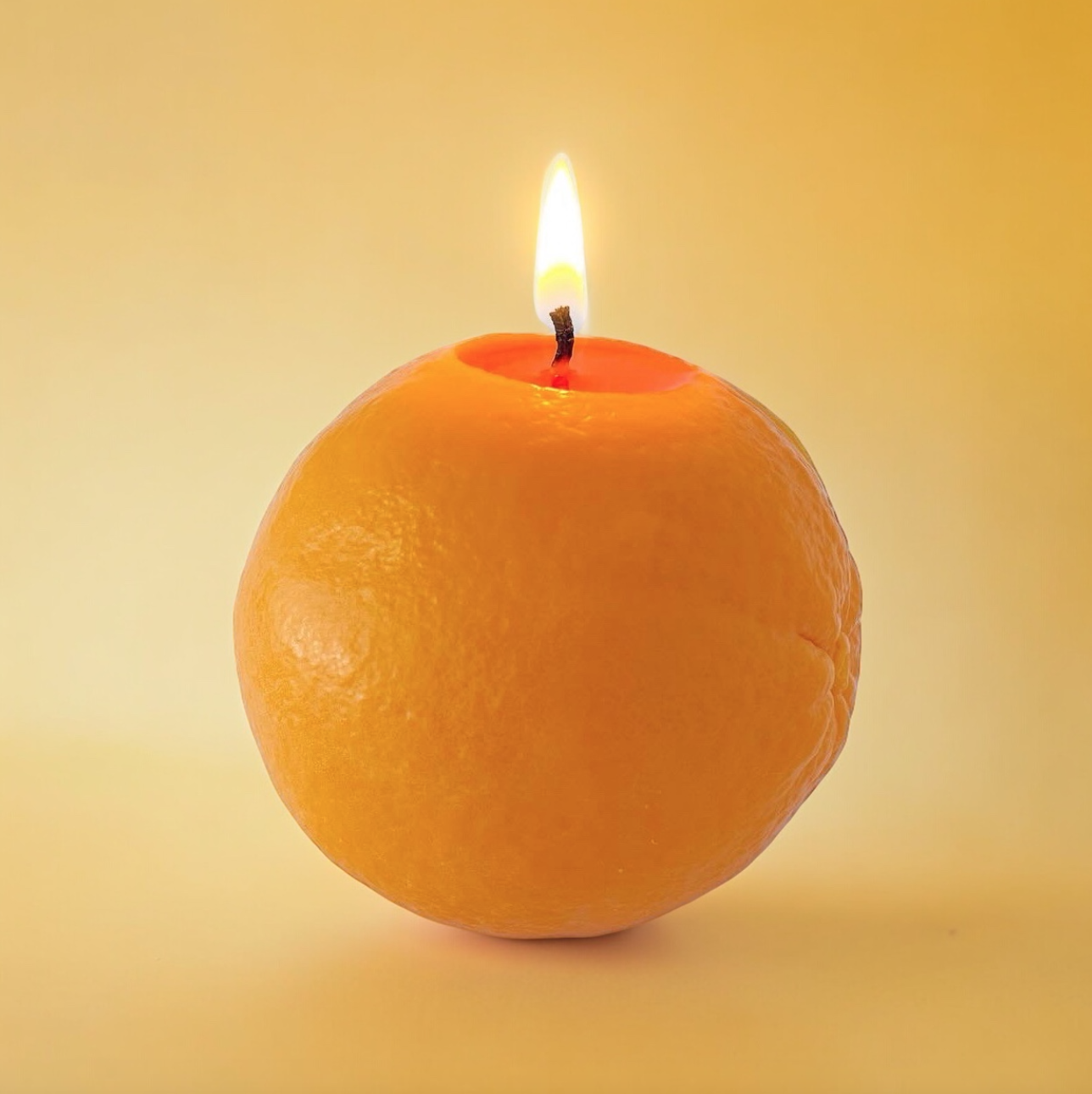Let’s Talk Candle Bloom.
Help! My beautiful candles have started to get a little ‘frosty’!
Firstly, don’t worry! This is completely normal and something that can occur on all natural wax candles. In fact, it is a great thing - it means that you have a great quality candle that is made from natural wax. For some though, it can be a little off-putting, so let’s do a little deep dive into what this is and how you can get rid of it.
The Science Behind Wax Bloom
Let’s start with what it is. Wax bloom is a white, powdery substance that can form on the surface of candles made from natural waxes, such as soy, beeswax, and coconut wax. This phenomenon occurs as a result of the crystallization of certain components in the wax. While wax bloom is harmless and does not affect the candle’s performance, it can be an aesthetic issue that some people don’t like.
Wax bloom occurs because of the unique properties of natural waxes. Waxes are composed of various hydrocarbon molecules, which have different melting points and solubility characteristics. As a candle age, some of these components, such as stearic acid, may begin to crystallise on the surface of the wax.
We then get the wax bloom because of a process called fractional crystallisation, where different components of a mixture separate based on their melting points and solubility. In the case of candles, the lower-melting-point components migrate to the surface and crystallise, giving the candle the white, powdery wax bloom.
What Causes the Wax Bloom?
There are a few things that can cause your candle wax to bloom, these are:
Temperature: Changes in temperature can accelerate the crystallisation process, making wax bloom more likely to occur. Candles stored in a cool environment are particularly susceptible to wax bloom. I notice that winter can bring on wax bloom a lot faster!
Humidity: When we are hit with high humidity that causes condensation to form on the candle surface, you may then notice a growth of wax bloom.
Age: Older candles are more likely to develop wax bloom as the natural crystallisation process occurs over time.
Type of Wax: Natural waxes, such as soy, beeswax, and coconut wax, are more prone to wax bloom than paraffin wax, which has a more uniform composition.
Preventing Candle Bloom and Removing it
While wax bloom is natural and harmless, there are some things that you can do to prevent it or remove it:
Proper Storage: Store your candles in a cool, dry place away from direct sunlight and temperature fluctuations. This can help slow down and minimise wax bloom formation.
Wipe Away and Buff: If you notice wax bloom on your candles, simply use a soft cloth to gently wipe it away and give your candle a gently buff, this will not only remove the bloom but give your candles a glorious shine!
A (little) heat: For the very stubborn bloom I will use a hair dryer to heat the wax. CAUTION - less is more when you do this. Hold your candle away from the direct heat and gently, slowly move the heat over your candle. You don’t want the candle too close or on the candle for too long, otherwise it will melt.

